Last Updated on August 2, 2023
The Cloverfield episode of WTF Happened to This Horror Movie? was Written by Emilie Black, Narrated by Travis Hopson, Edited by Joseph Wilson, Produced by Andrew Hatfield and John Fallon, and Executive Produced by Berge Garabedian.
The Blair Witch Project, Wolf Creek, V/H/S, The House that October Built, Creep, Troll Hunter, Paranormal Activity… Like all good found footage films, Cloverfield (watch it HERE) seemed to come out of left field, suddenly going from having never been heard of to having the biggest buzz around it and making about 7 times its budget at the box office. So, how did that happen? What is it that took this one and elevated it beyond some of the older titles in the sub-genre. How did this one catch the attention of the public and make so much money it got two sequels to date?
How did Cloverfield become a hit, what set it apart from the rest? Well, let’s start with the story. A group of friends are throwing a party for their buddy who is moving to Japan for work. Of course, this friend has a love interest, but the main part of the story here is that as they party, someone or something is attacking New York City. As things get chaotic, it’s unclear if the attack is the start of a war, a terrorist attack, or something from another world. Of course, now everyone knows it was a monster attack, one that started small and escalated fast. The monster is now rumored to have been a baby of its species looking for its mother and having parasites on it that were big enough to kill humans. Through all of this, the group of friends are running around, trying to find a way out of the city like the rest of the citizens. Soon, the military arrives, and things go from bad to worse. As they attempt to flee, they have the camera they were using to film at the party with them and film everything going on around them during the attack.
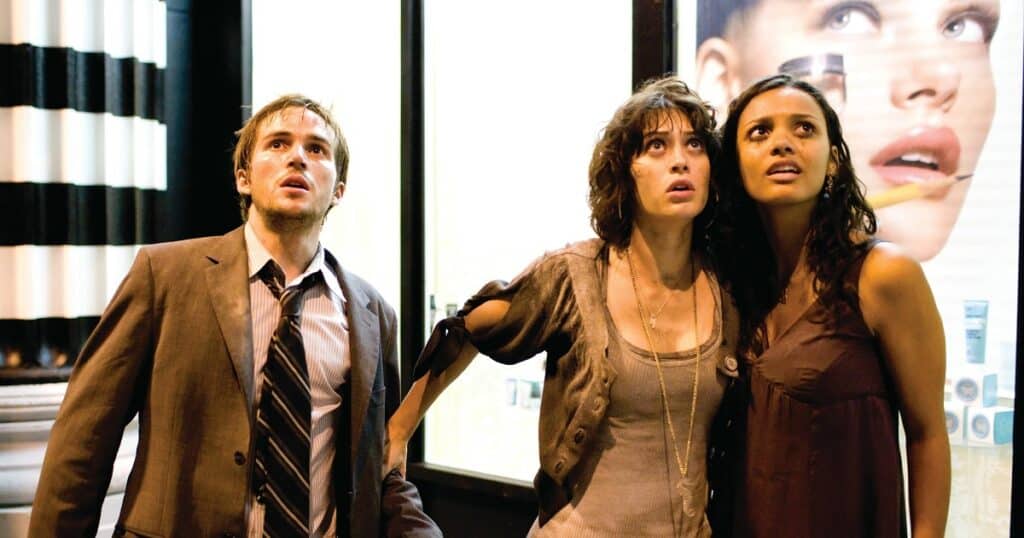
And this is where Cloverfield did it right in most found footage fans’ eyes. The film had the camera in the hands of a random person, sometimes changing hands, but never giving any sort of establishing shot of the group without one of them being behind the camera. The film used mostly unknown or lesser-known actors, giving the idea of found footage some realism as these people are not familiar faces and they are people who could be your neighbors, your friends, your family, even you. The better found footage films all have this in common, the people in front of the camera are as not easily recognizable which helps add realism to the film. Of course, this doesn’t always work for the best, but it does here. The cast for Cloverfield was not completely unknown at the time of release, but they were not household names either, giving them a familiarity without instant recognition. Film fans would recognize them, but the general public would not have instant knowledge of where they knew them from, which is really important in selling the fact that what is present on the screen is reality and has been found as it. Of course, using actors with experience in front of the camera helps, so using complete unknowns, people 100% never seen before in a film would be a very big risk to take. While The Blair Witch Project, the blueprint for found footage after its release, had virtual unknowns as its cast playing characters with their own names, it was a risk to take, and some would say it was perfect while others would debate that those performances were less than fantastic. So, here, for Cloverfield, a decision was made in casting folks more people have seen before who ran the risk of being recognized the second they show up on screen but balancing that with the fact that they had acting experience and could better handle the material at hand. Since then, the cast of Cloverfield has become much more popular and easier to recognize, but back in 2008, these folks were more of a “did I see them somewhere before?”
That being said, another important aspect of found footage is how it’s released and what its marketing does to sell it as a found footage film and not just another Hollywood film trying to cash in on a trend. The Blair Witch Project was not just the blueprint for found footage films, but also for their marketing. Back then, the internet was in its infancy, so finding information was not as easy as it is today. So, the film’s marketing paired that with the fact that no one knew the cast and created a campaign to find the three students who had disappeared in the woods while looking for the titular witch. This campaign started early and led to the first screening of the film at Sundance where people were still unsure if these were students or actors and what had happened to them. This uncertainty followed the film for a while, with the mystery being given more realism with a supposed documentary about it all on television. The film here created a very particular marketing campaign, one that went viral in a way that was not expected and that was brand new. The film created a new subgenre it seemed. Eventually, things were made clear, the mystery was resolved, and the cast was shown publicly and named as actors cast for the parts. This took a while and created a whole world for fans to live in for a short period of time. Cloverfield kind of did that a little bit with some nebulous marketing, a trailer that wasn’t a trailer, very little information released about the film in advance, and most just questions asked without answers before the film’s release. However, fans knew it was going to be a film and not someone’s footage that had been found. At San Diego Comic Con 2007, J.J. Abrams spoke about his upcoming film about a monster, giving very few details. He did say that the title of Monstrous, which has been making the rounds online, was not the title of the film that was 6 months away from release. He also teased that there would be a proper trailer soon. A poster was released with a title again, showing the Statue of Liberty missing her head. Something that showed up in early released footage was the head of the statue rolling on a street of Manhattan. So, there were some connections between the released footage and the poster, leading the public to make connections and guess on what was coming. The film took the 6 months between SDCC and its release to tease people into guessing some more and building the anticipation. A website for Slusho was put online, leading to more guessing. This same website was put back online in spring of 2023, something that has led to brand new speculation. Originally, this site was part of the marketing that led to people investigating and looking for more information on the film produced in complete mystery, wrapped in a shroud of helicopter dust.
Then the film was released on January 18, 2008. January was not exactly prime release time back then, being after award films release season and just before the period where studios seemed to release the titles they had no trust in. So, January felt odd, but somehow right for a film no one knew much about. It had hype, it had fans before it was even out, so it hit the box office with a good amount of ticket sales. Made on a budget of about $25 million USD, the film made a total of just over $172 million USD at the box office. Of course, the home video rental and sales came after that, bringing its total much higher, making it a hit without any uncertainty about it. It opened at number one at the box office with 2.5 times the amount in ticket sales compared to the next film in the top ten, the romantic comedy 27 Dresses, which starred Katherine Heigl and James Marsden. The monster film had beaten the romantic comedy most people expected to be number one in new releases and in overall box office that weekend. The rest of the top ten was composed of The Bucket List, Juno, Mad Money, First Sunday, National Treasure: Book of Secrets, Alvin and the Chipmunks, I Am Legend, and Atonement. It was varied box office that weekend and the little film that could won over titles starring Will Smith, Nicolas Cage, Ice Cube, Morgan Freeman, and Jack Nicholson. Most folks would have expected Cloverfield to come and go without as much as a blip on the radar, but there it was, solidly planted at number one. The second week of its release, it did fall to number three, but it has a very powerful opponent at the box office with Rambo joining the new releases as well as the parody Meet the Spartans which had had a much bigger marketing campaign.
In terms of money, Cloverfield did well right out the gate and overall, at the box office, it made back its budget and then some. It was a hit and one that led to sequels. Yeah, it took a while to get the first sequel and well, it was marketed in a way that it may or may not have been a sequel to Cloverfield. Yes, the film was titled 10 Cloverfield Lane, but from what was shown in trailers and in marketing, it was not 100% sure it was a sequel. Once the film came out, the story felt very much like a completely different universe, up until the very end where it makes sense with the first film even though it’s not found footage and the stories do not connect all that much. That is until the third film came out and boy, did it come out roaring from the gate. The Cloverfield Paradox came out on Netflix on February 4th, 2018, the day of the Super Bowl and it pretty much crashed Netflix so many people were trying to watch it. It was a hit, but it was kind of hated by many who did not like where the universe was going for this. This sequel was also a prequel, something that is clear after watching the film. This film was not as well-received as the first two, but it does add to the universe and explain some things while making other things more nebulous. Of course, now, with the revival of the Slusho site, it seems that there may be another sequel coming.
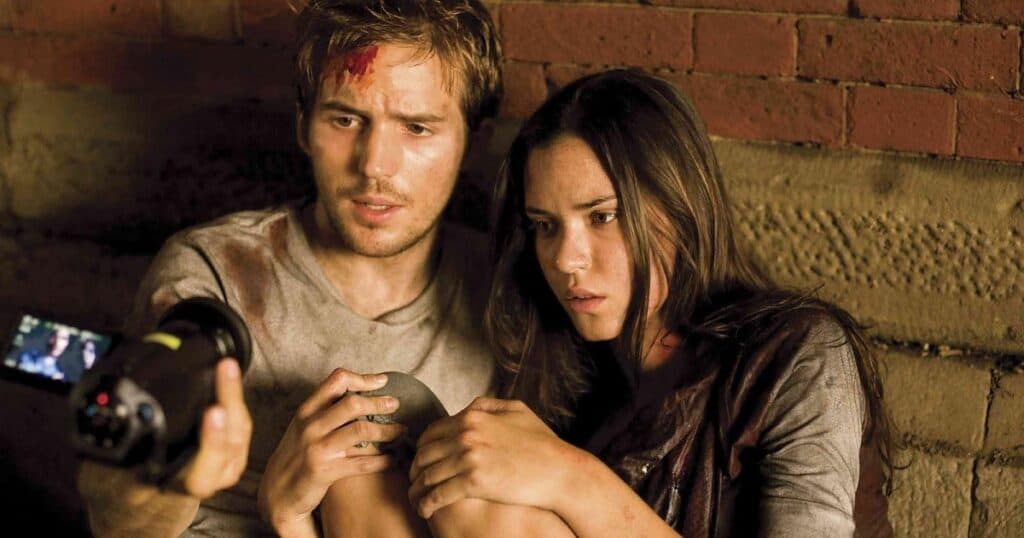
Another aspect of the original Cloverfield that helped make it a hit was that it really dug into the nerd world, creating its own universe, connecting with other films, giving fans something they could analyze, explore, and rewatch over and over. The film refers a ton of other films, almost to a point of making it meta, but the fact that it is a found footage film means that the references to the “real” world, to pop culture, to things everyone is familiar with helps set the stage for a stronger connection to reality. The film references King Kong, Them!, The Beast from 20,000 Fathoms in subtle ways. Ways like frames used that have to be verified in the credits to make sure that was indeed what was seen, music that is similar to the music from Godzilla, an obvious connection considering this is a kaiju film, the Slosho commercial refers to the tv series Alias and the Dharma Initiative from Lost has its logo use in the opening, creating a connection with those two series and their universe. Of course, other references are in there in less obvious ways, like the inspiration from Escape from New York in the poster, the fact that Cannibal Holocaust is referred to in interviews about the film, Little Big Man and My Fair Lady as straight up mentioned by characters in the film. Of course, any film or story set in New York City can be connected here, but unless the filmmakers have mentioned them, it should probably not be considered as an influence or homage here. The main two connections thats fans may want to keep digging into are the connections to Alias and Lost as those two may just be something that could be brought back later, especially The Dharma Initiative. The films interconnect in different ways as sequels and prequels, they have a lot of layers to be investigated and those television shows, especially Lost, with its mystery, could bring a layer of extra interest.
Cloverfield seemingly came out of nowhere and has now led to a brand-new universe of films, one where the connection is not always clear or shown from the start besides the obvious title connection. The trilogy so far has films that feel quite different yet work in the universe established with that first film. The move away from the found footage of the first is one that helps on some front, but disconnects from the reality created within that film. Of course, the film was a massive hit upon release, so a sequel was expected, something that studio and producers did eventually bring forth, but that first sequel took 8 years to show up. Then the next film took another 2 years. Then 5 years later, their Slusho site is reactivated temporarily, something that has people wondering where this universe may be going next. One thing is for sure, Cloverfield was a first film in a creatively interesting universe, a film that came in an unexpected manner and still stands the test of time.
A couple of the previous episodes of WTF Happened to This Horror Movie? can be seen below. To see more, head over to our JoBlo Horror Originals YouTube channel – and subscribe while you’re there!










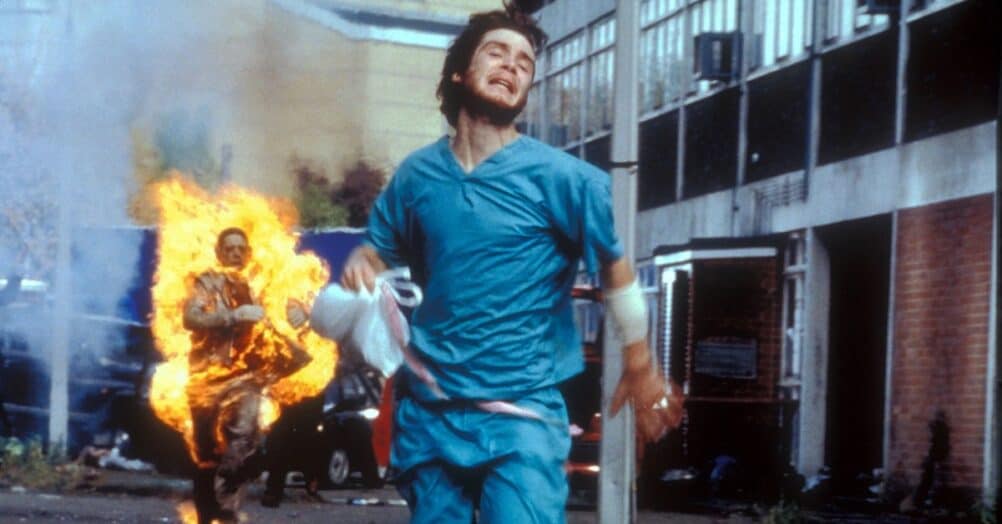





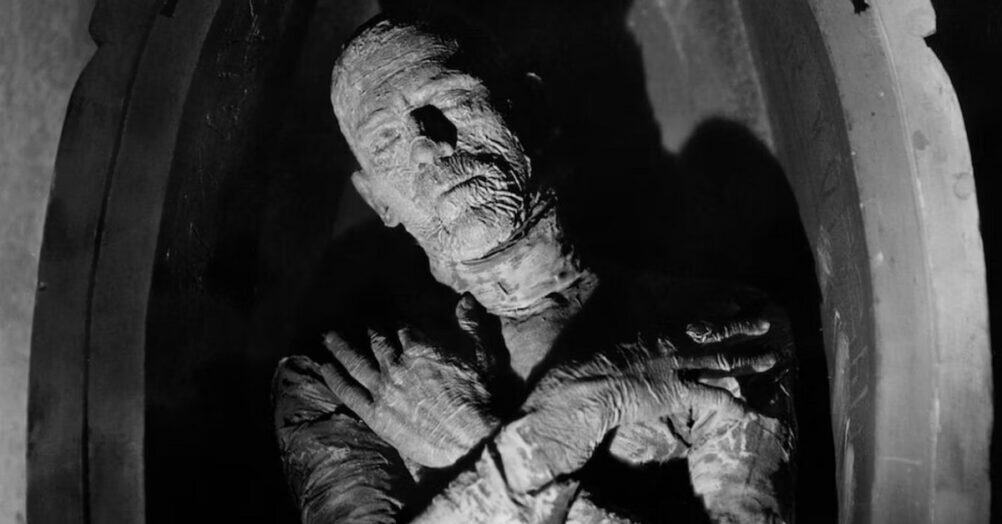
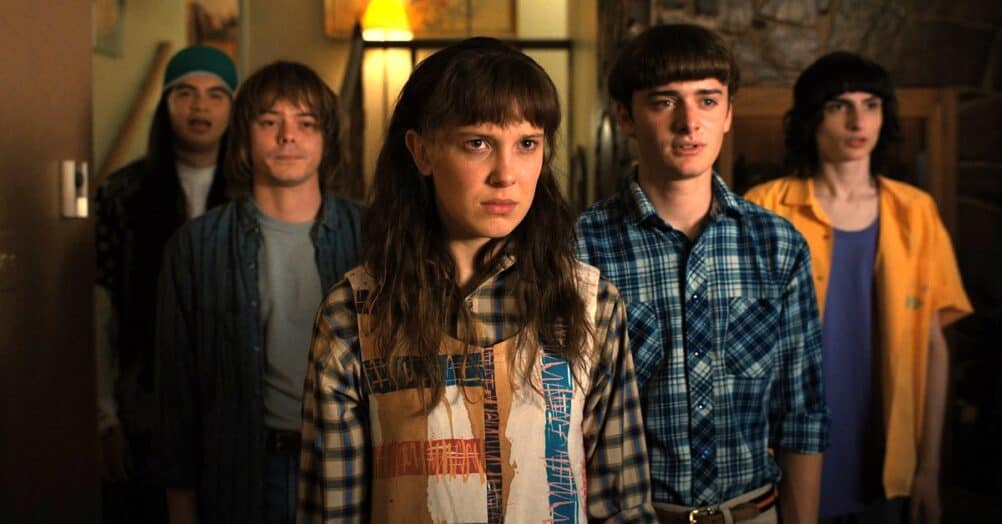

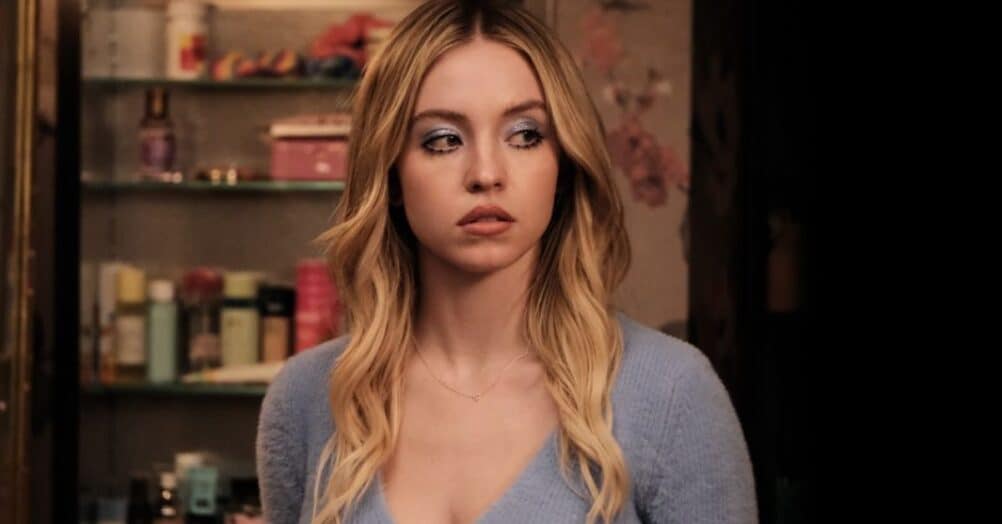
Follow the JOBLO MOVIE NETWORK
Follow us on YOUTUBE
Follow ARROW IN THE HEAD
Follow AITH on YOUTUBE